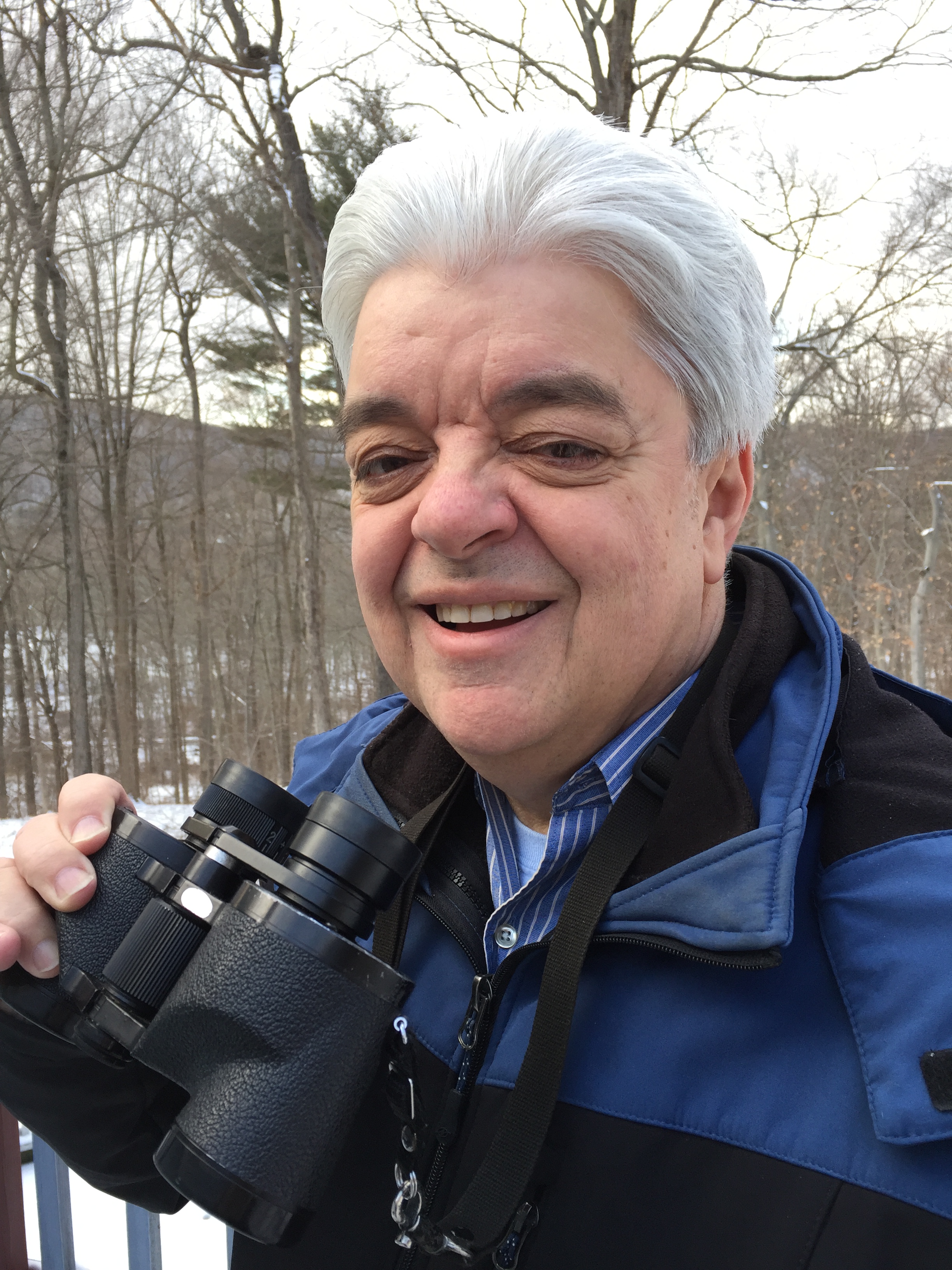Rare Event: Total Lunar Eclipse to Coincide With Winter Solstice
Theupcoming Dec. 21 full moon ? besides distinguishing itself from theothers in2010 by undergoing a total eclipse ? will also take place on the samedate asthe solstice (the winter solstice if you live north of the equator, andthesummer solstice if you live to the south).
Wintersolstice is the shortest day of the year in the Northern Hemisphere andmarksthe official beginningofwinter. The sun is at its lowest in our sky because the NorthPole of ourtilted planet is pointing away from it.
So,howoften does the December full moon coincide with thesolstice? To answer this question, let's use Universal Time(UT), alsosometimes referred to as Greenwich Mean Time (GMT). We do this becauseinanswering this question, it's important to define a specific time zone.
Forexample, if you live in Honolulu, this December's full moon does notfall onthe date of the solstice. Hawaii Time runs 10 hours behind GMT and thefullmoon occurs on Dec. 20 at 10:13 p.m. local time, while the solsticecomes thefollowing day at 1:38 p.m. Alaska, too, will have the full moon and thesolstice occur on these respective dates, but in a time zone one hourlaterthan Hawaii.
Butboththe full moon and solstice do occur on the same date (Dec. 21) inGreenwich, aswell across the contiguous United States and Canada.
Priortothis year, there were solstice full moons in 1999 (Dec. 22) and 1980(Dec. 21).
Interestingly,after this year, we?ll have a long time to wait until we have aDecember fullmoon occur on the same date as the solstice: Dec. 21, 2094! And even moreinteresting ? just like this year ? that same full moon will fall intoEarth'sshadow in a totallunar eclipse. However, unlike this year, the 2094 eclipsewill not bevisible from the Western Hemisphere, but will be able to be seen fromEurope,Africa and much of Asia. [Howto Watch the Dec. 20 Total Lunar Eclipse]
Breaking space news, the latest updates on rocket launches, skywatching events and more!
Finally,this raises the question ? prior to 2010, when was the last time thatwe had atotal lunar eclipse occur on the same calendar date as the wintersolstice? Theanswer, incredibly, takes us back nearly four centuries.
OnDec.21, 1638, the full moon was in total eclipse from 1:12 to 2:47UT. Andthe solstice occurred later in the day at 16:05 UT. [Amazingphotos of a total lunar eclipse]
Onceagain, it's important to note that this occurred at the Greenwichmeridian. For the Americas, this eclipse actually occurredduring theevening of Dec. 20, while the solstice occurred on the following day.
- What'sthe Winter Solstice?
- Gallery:Photos of the Feb. 2008 Total Lunar Eclipse
- Top10 Lunar Eclipse Facts

Joe Rao is Space.com's skywatching columnist, as well as a veteran meteorologist and eclipse chaser who also serves as an instructor and guest lecturer at New York's Hayden Planetarium. He writes about astronomy for Natural History magazine, Sky & Telescope and other publications. Joe is an 8-time Emmy-nominated meteorologist who served the Putnam Valley region of New York for over 21 years. You can find him on Twitter and YouTube tracking lunar and solar eclipses, meteor showers and more. To find out Joe's latest project, visit him on Twitter.
